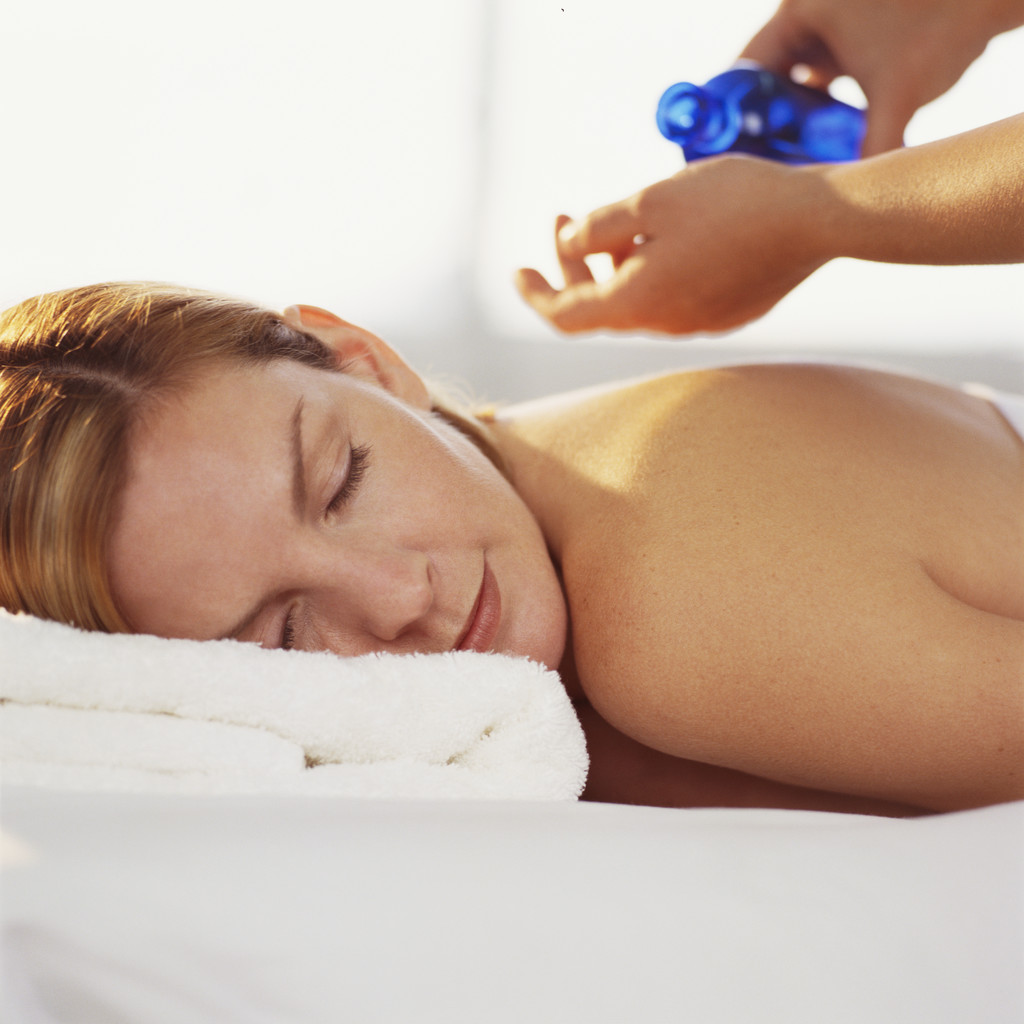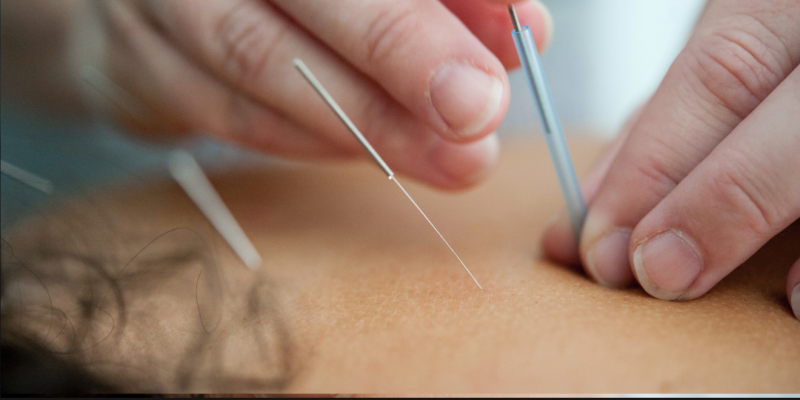BENEFITS OF MASSAGE THERAPY
When we accidentally hit a part of the body, our hands are unconsciously directed toward the affected part in which we try to minimize the pain by rubbing the area. Our hands are carriers of energy; in this case, they soothe the pain. In addition to the sedative effects, we also use touch to express emotions for the people we care about. Touch is a basic need for the human being; prior research has shown that positive touch promotes healthy development. When we combine the need for healing along with the need to express affection, we make massage therapy happen.
Having a massage does way more than just relax your mind and body, psychological and physiological effects occur when you use massage as a frequent therapy.

Physical Benefits of Massage
Benefits of regular massage include, but are not limited to:
- Reduces chronic pain
- Loosens tight muscles
- Speeds recovery from injury
- Relieves aching or tired muscles
- Reduces tension headaches
- Calms the nervous system
- Increase metabolism
- Relaxes the body
- Quicker recovery from
- Relieves cramped muscles
- Increase blood and lymph circulation
Mental and Emotional Benefits
- Reduces anxiety
- Reduces mental stress
- Nurtures emotional growth
- Improves concentration
- Promotes good quality sleep
- Enhances self-image
- Promotes a well-being feeling
Source: Mayo Clinic
Massage therapy is everywhere but finding the right therapist is not always easy. At Hatch Chiropractic in Parker, we care about you. Whether you are looking to relax or speed up your recovery from an injury, the therapists’ main priority is to make the best recipe for you to enjoy the benefits of regular massage.
Types of Massage
What’s between a fluff and buff and hardcore?
In the world of massage, the techniques and styles that are available can seem overwhelming leaving many patients not knowing what to ask for. Everyone’s had a fluff and buff massage that was too light and ineffective or its contrast where we’ve worked so deep that we’re bruised and sick for 3 days.
Deep tissue is not a Swedish (relaxation/restorative) massage done with the elbow. It takes considerably more training that teaches the therapist how to work the deeper layers of muscle and fascia without injury, bruising, and pain. (Deep tissue massage can have its uncomfortable moments, however, it should not be the majority of the session) A deep tissue treatment will be a myriad of techniques and training unique to each licensed massage therapist.
Deep tissue massage techniques are very effective at identifying and healing the underlying causes of chronic pain, stiffness, and tightness. These techniques are slower and deeper and they focus on identifying and releasing fascia/muscle adhesions and trigger points (adhesions are where the muscle and fascia are “glued” together forming a knot. Adhesions that refer to pain to some other place in the body are trigger points).
Adhesions inhibit circulation, limit the range of motion and cause pain. Releasing the adhesions and trigger points allows the therapist to realign muscles, and connective tissues and restore circulation to the affected area(s).
Once circulation is restored, the body is able to begin the healing process.
Regularly scheduled sessions do not allow the adhesions to re-form, keeping the flow of circulation open. This is why chronic pain is often significantly reduced or eliminated with deep tissue massage. Your therapist may request that you come in for therapy once a week for a month. Then to evaluate your progress, your next session will be two weeks out. If you are able to hold your massage without a return of the chronic pain or issue, then you will be moved to a maintenance plan which is to receive one deep tissue massage once a month. (You are of course free to have as many massages as you would like.)
To see our licensed massage therapists’ specialties, please refer to our Parker massage therapists’ bios. If you need any assistance choosing the right type of massage for you, our professionals can help when you arrive at your appointment.






